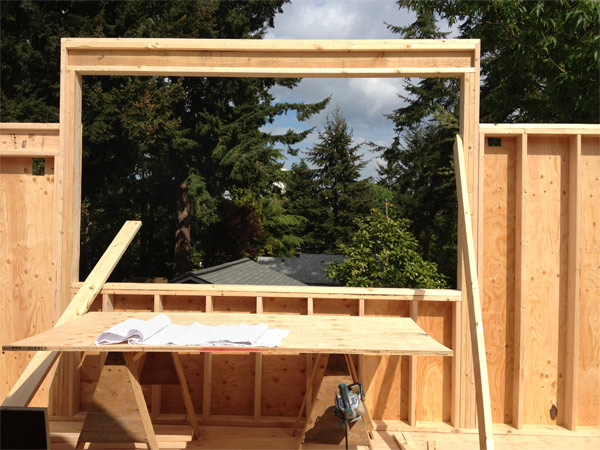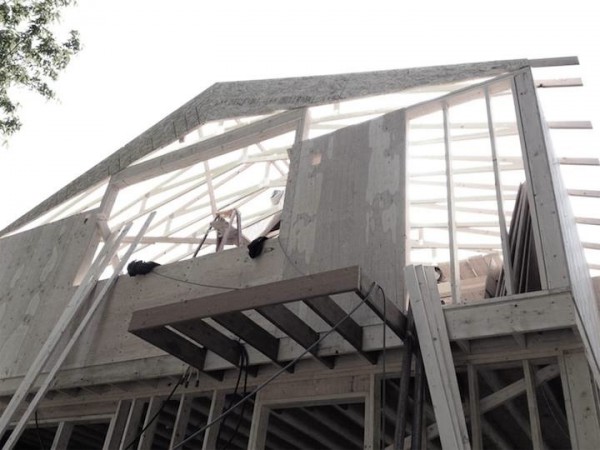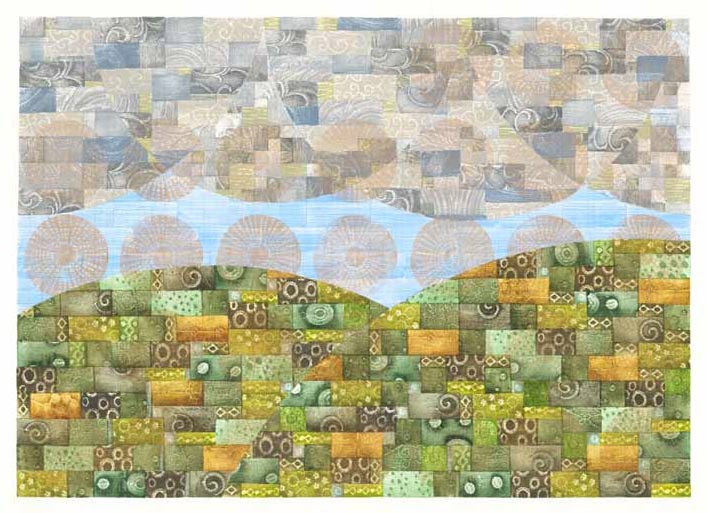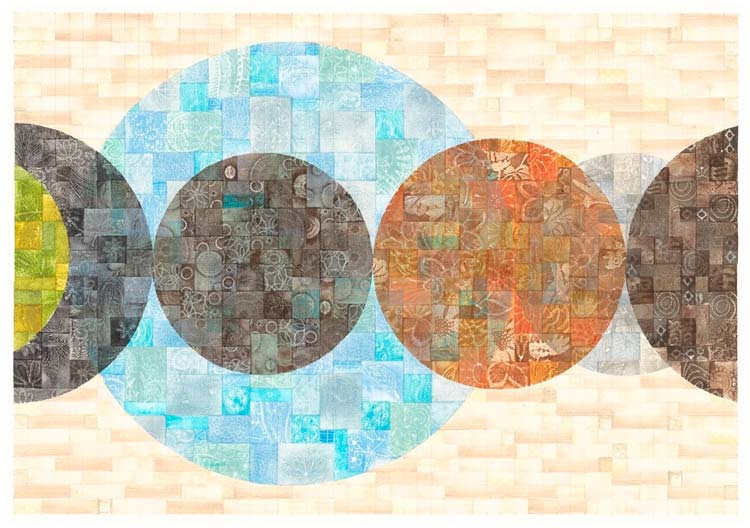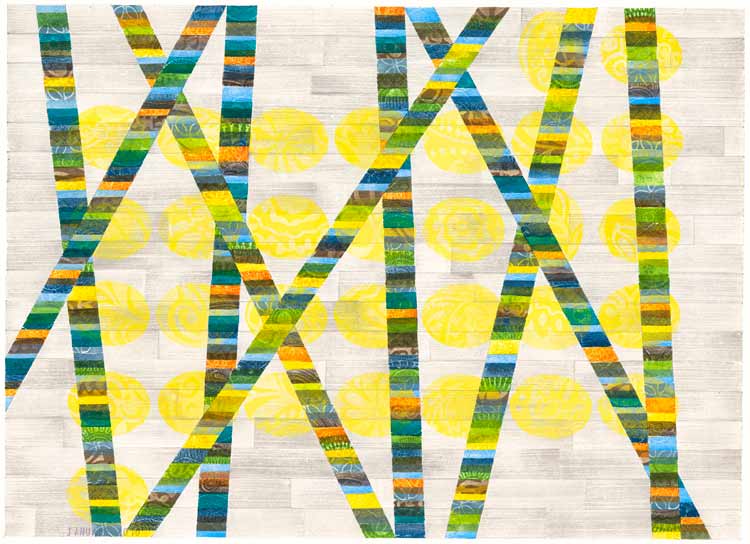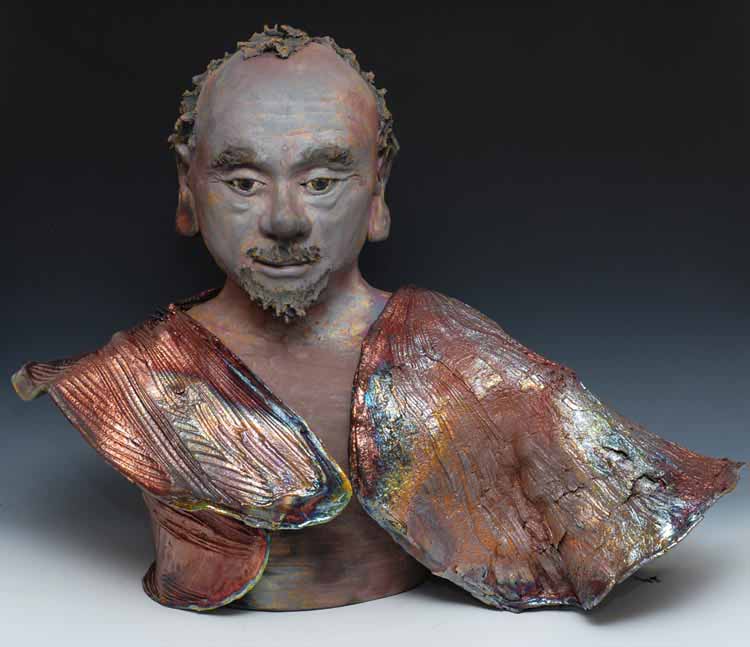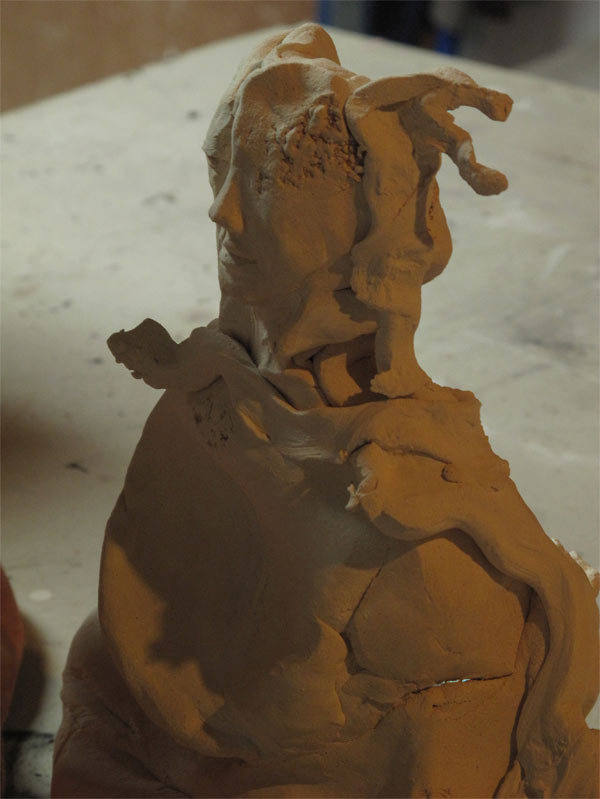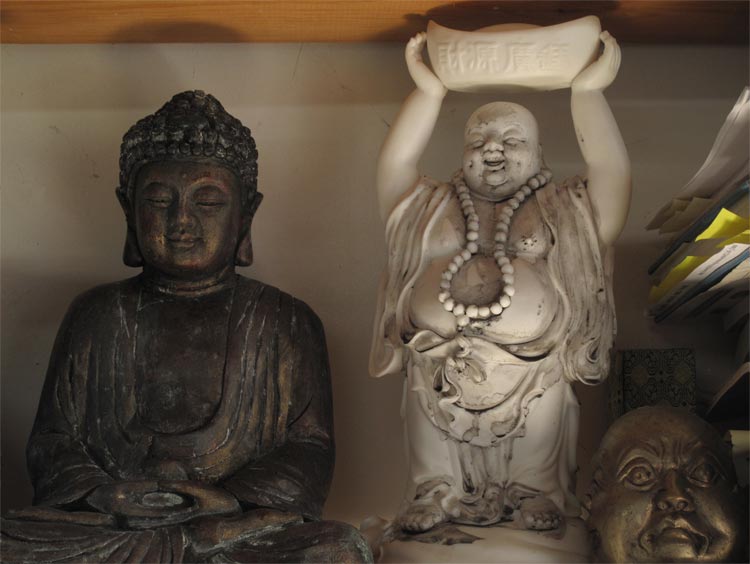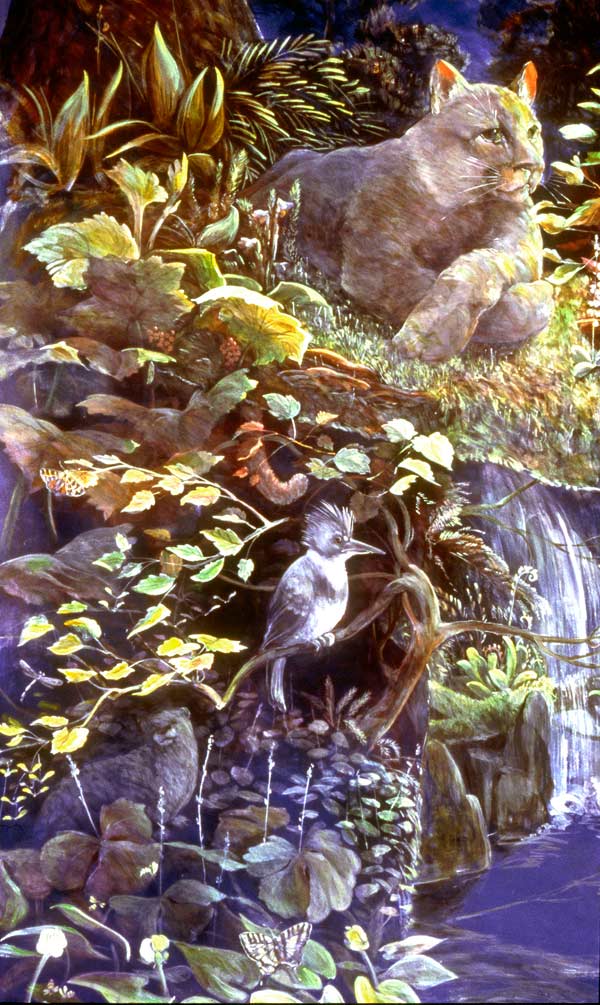
If you have ever attended a soiree at The Ruins, Seattle’s most exclusive and mysterious supper club, you may have looked up for a moment across the gilt rim of your absinthe and locked eyes with The Cougar. As your gaze moved from the patterning of leaves to the shy otter and then to the majestic drape of the big cat’s paws you may have found yourself wondering about the artist, and the style, which is an uncanny blend of ornament and botanical exactitude. The Cougar is but one panel in an epic mural that goes from ceiling to floor, creating an atmosphere of timeless excess and contemplation. Hearing the artist’s name was “Carrasco,” you might have assumed the work was done by some Italian guy imported from The Old Country to put a polish on the Northwest.
You would be right that the artist was imported, but he is a she, and she comes from the Inland Empire town of Pomeroy, next door to the Palouse. Jennifer Carrasco got her start in the dry scree and lazy rivers of the American west. There she fell in love with landscape and learned the stillness that comes of wandering quiet empty places. The oldest of four daughters, she was raised going to mass every Sunday and singing Gregorian chants. A close-knit town with deep roots, Pomeroy embodies the best of family, connection and continuity, but it’s also the kind of place an imaginative person might yearn to leave, just to see what’s beyond the hills. After getting her BA degree in art and education at WSU Jennifer took off for the big world.
She has led many lives, far beyond her small-town roots, as part of the Peace Corps in the Phillipines, as a mother, a poet, and as a painter and teacher in Japan, Alaska, and the deep South. By the time she landed back on the West Coast she had a wealth of artistic influences to draw from. Her assignment for the Ruins was to create a style of “Northwest Rococo,” and every detail of fauna and flora is researched and authentic, drawing on a year of research into painting styles, ornament, and museum artifacts and diaries from the early days of the Northwest Territories. [Read more…]
